What is xgs-pon
XG-PON and XGS-PON both belong to the GPON series, and from the technical roadmap, XGS-PON is the technical evolution of XG-PON.
XG-PON and XGS-PON are both 10G PONs, with the main difference being that XG-PON is an asymmetric PON, with an upstream/downstream rate of 2.5G/10G; XGS-PON is a symmetric PON, with an upstream/downstream rate of 10G/10G.
With the rise of services such as live streaming and video surveillance, there are more and more scenarios in which users pay more attention to uplink bandwidth, and inbound dedicated lines need to provide symmetrical uplink and downlink circuits. These services have boosted the demand for XGS-PON.
How to Let XGS-PON and GPON work together
Since the uplink/downlink wavelengths are different from GPON, XGS-PON uses the Combo scheme to share ODN with GPON. XGS-PON’s Combo optical transceiver integrates GPON optical transceiver, XGS-PON optical transceiver, and WDM combiner.
In the uplink direction, after the optical signal enters the XGS-PON Combo port, the WDM filters the GPON signal and the XGS-PON signal according to the wavelength, and then sends the signal into different channels.
In the downstream direction, the signal from the GPON channel and the XGS-PON channel is multiplexed by WDM, and the mixed signal is downlink to the ONU through ODN, and because the wavelength is different, different types of ONUs select their desired wavelengths through internal filters to receive the signal.
Since XGS-PON inherently supports coexistence with XG-PON, the Combo solution for XGS-PON supports mixed access of three types of ONUs: GPON, XG-PON, and XGS-PON. The Combo optical module for XGS-PON is also referred to as a tri-mode Combo optical module (whereas the Combo optical module for XG-PON, which supports mixed access of GPON and XG-PON ONUs, is referred to as a dual-mode Combo optical module).









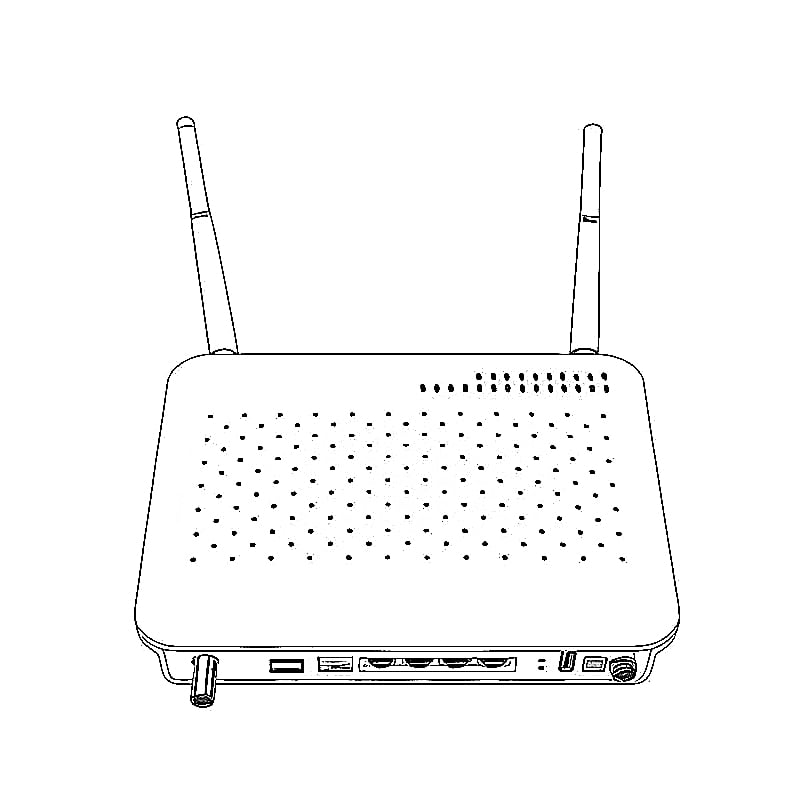


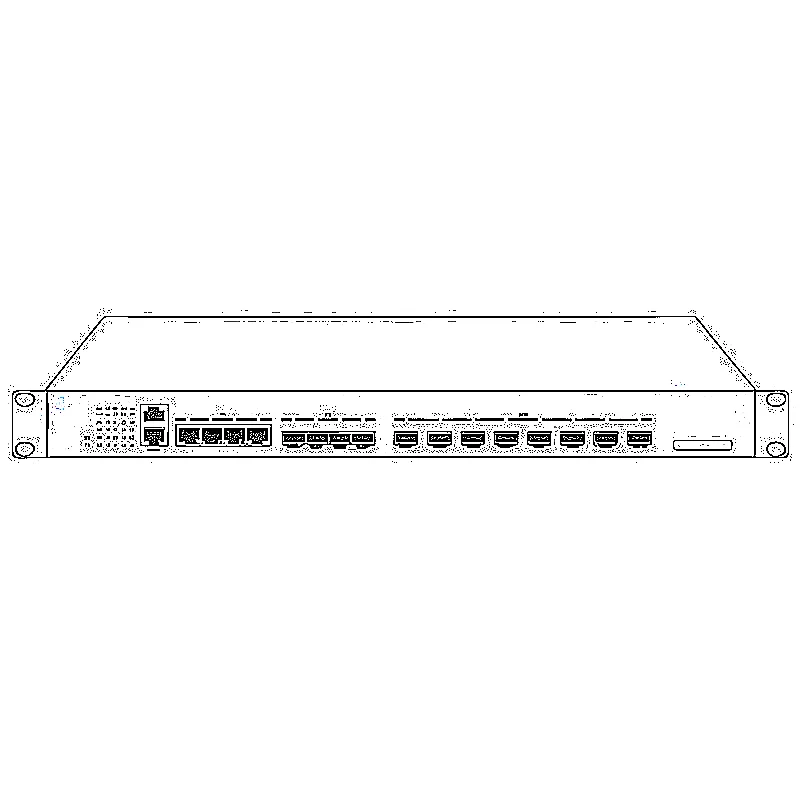



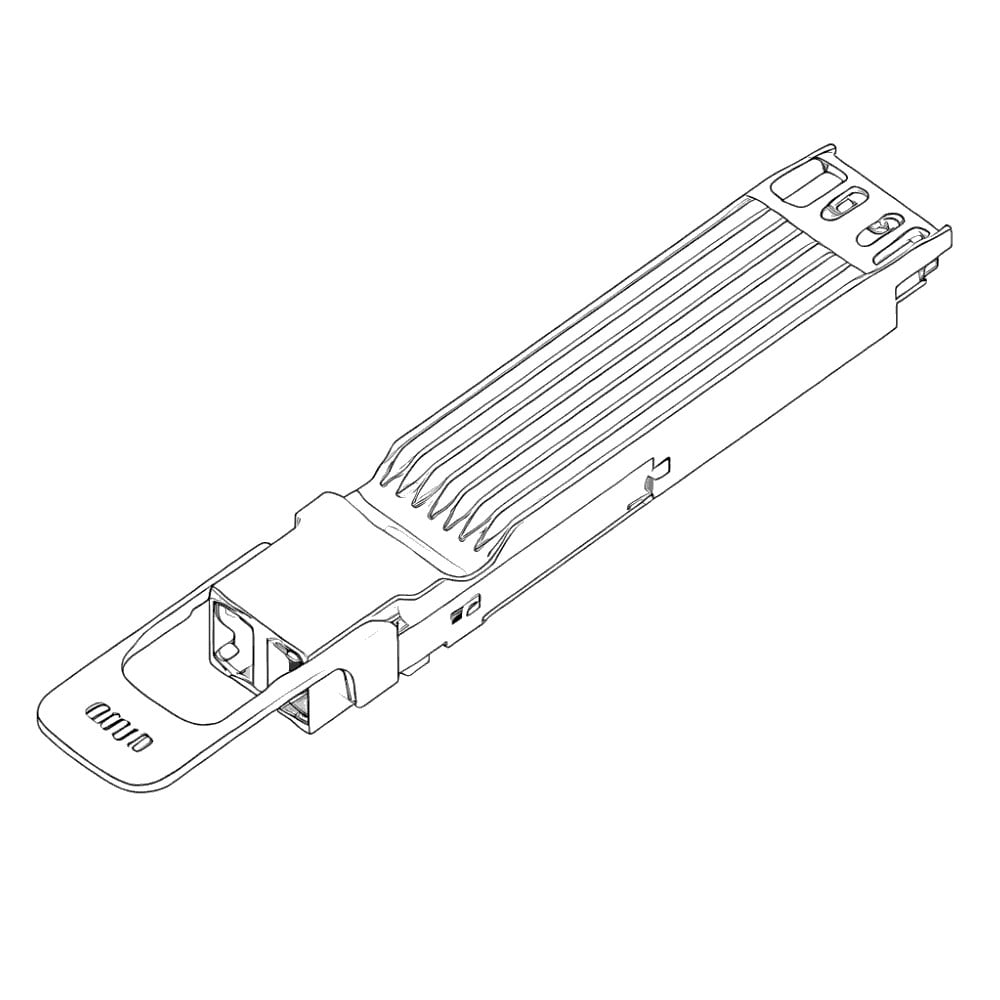




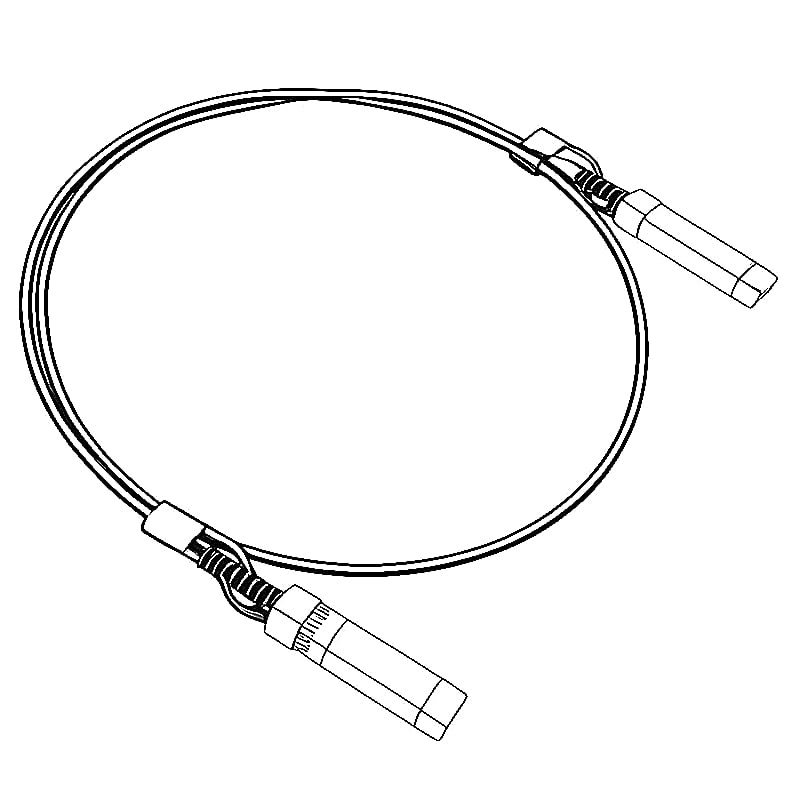
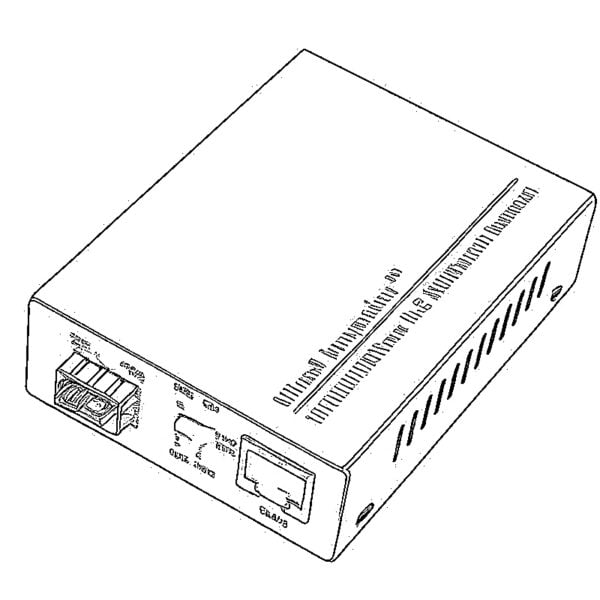
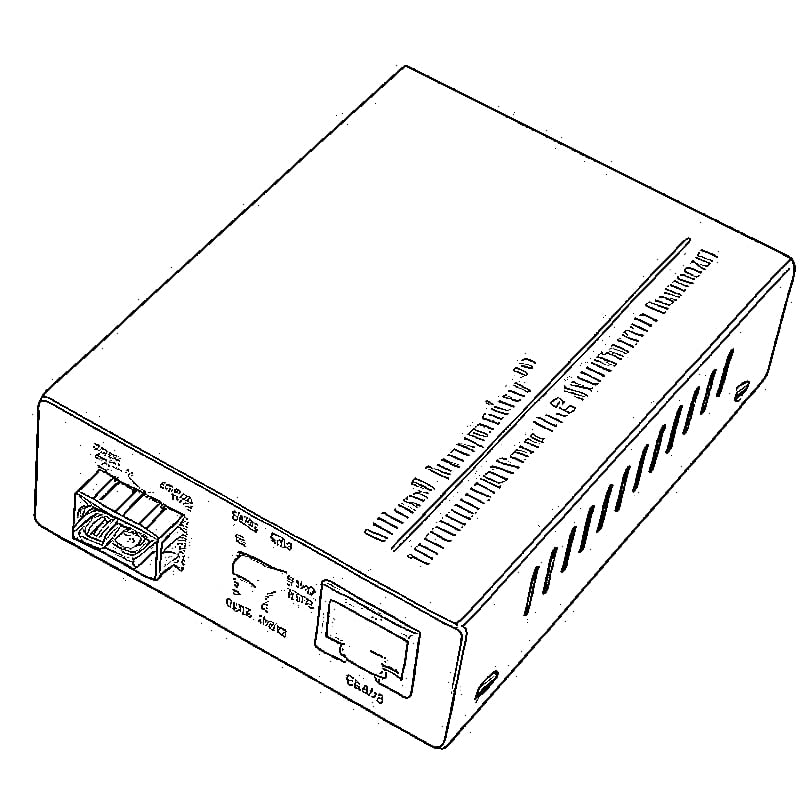


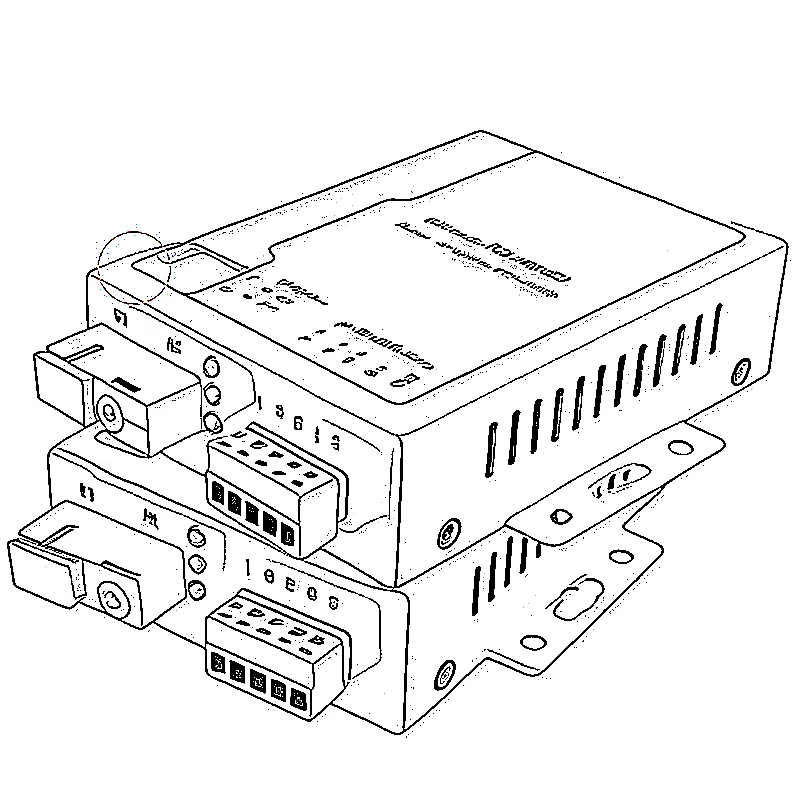



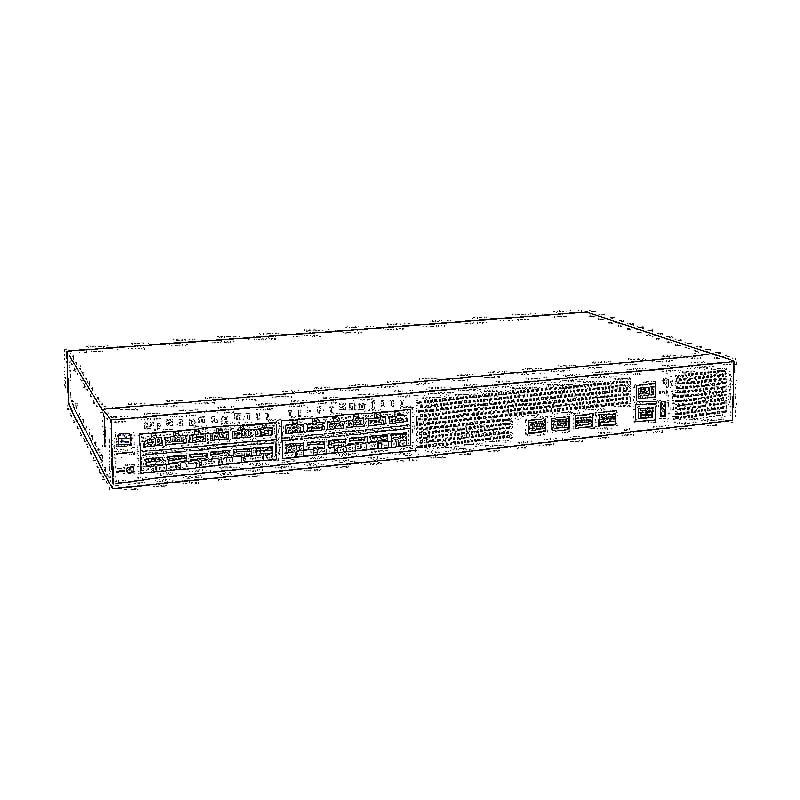
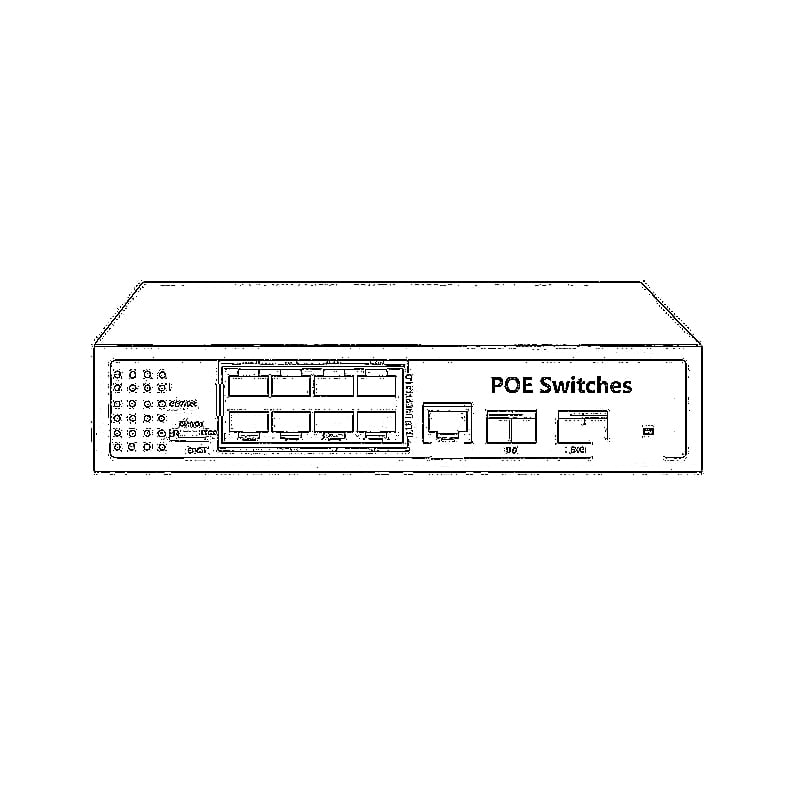
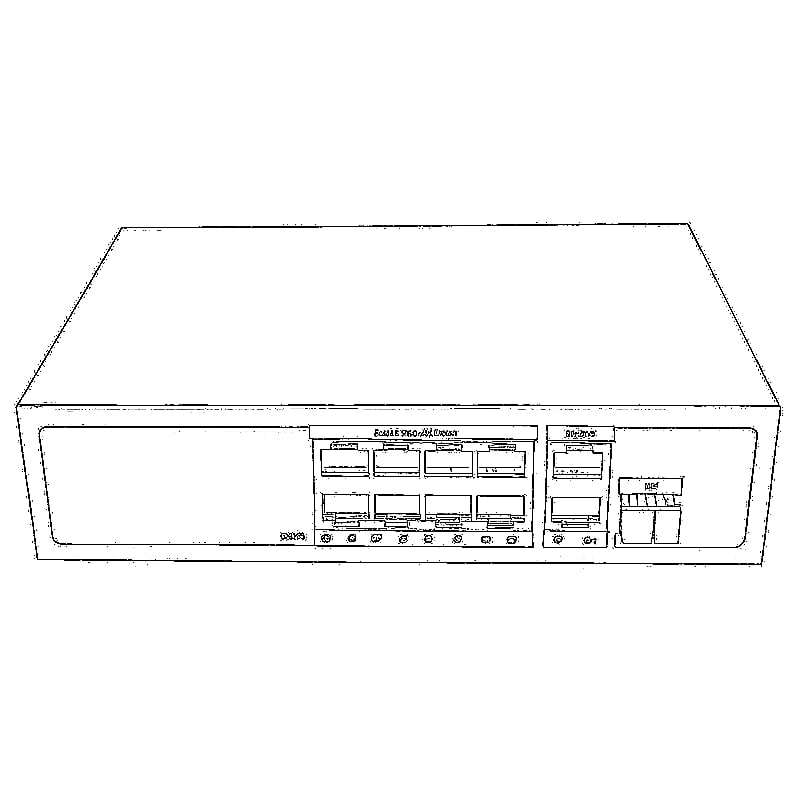



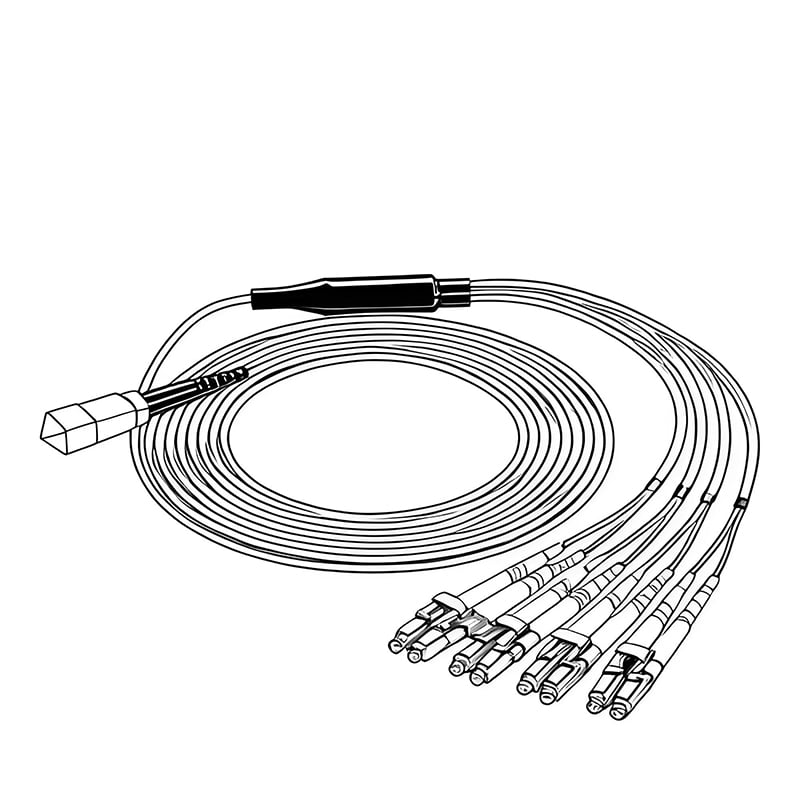
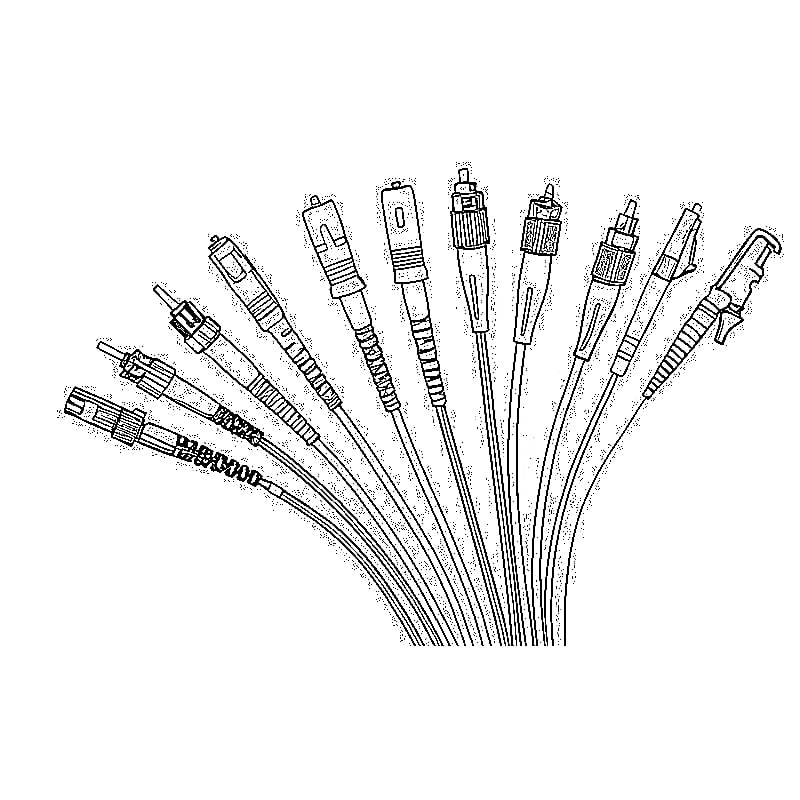


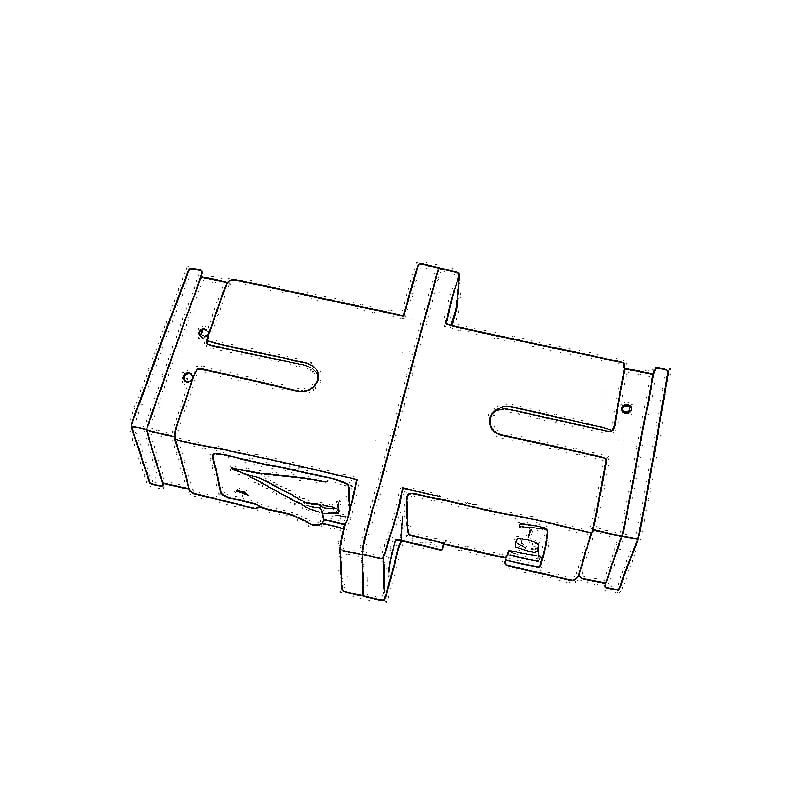
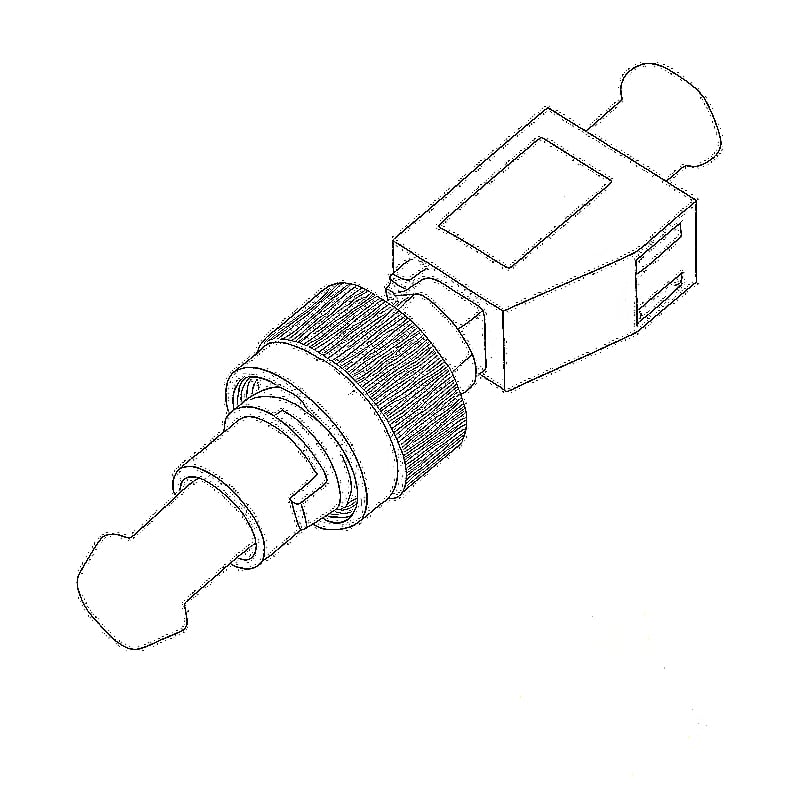
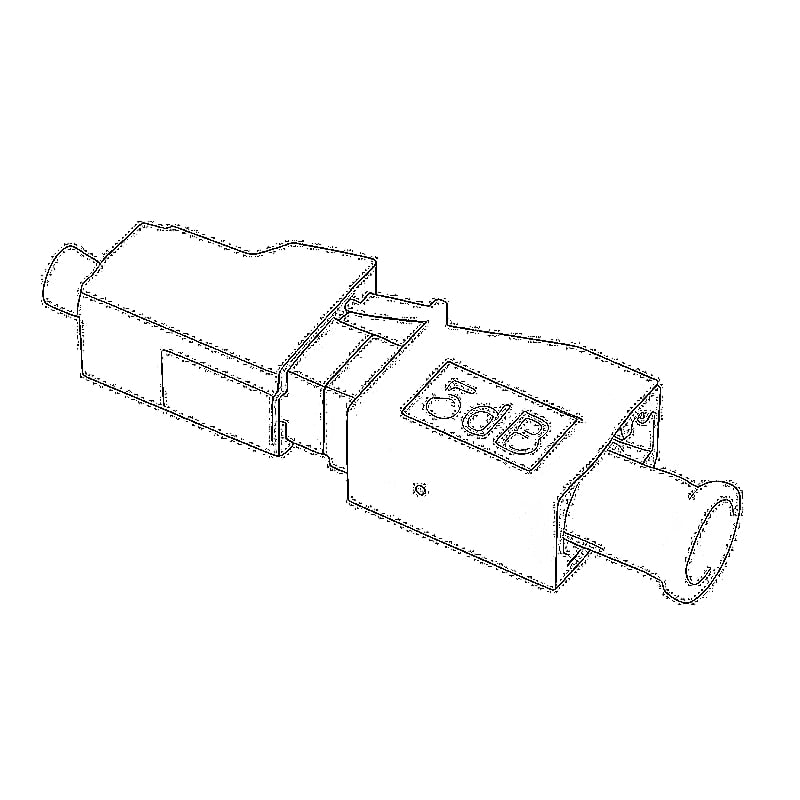
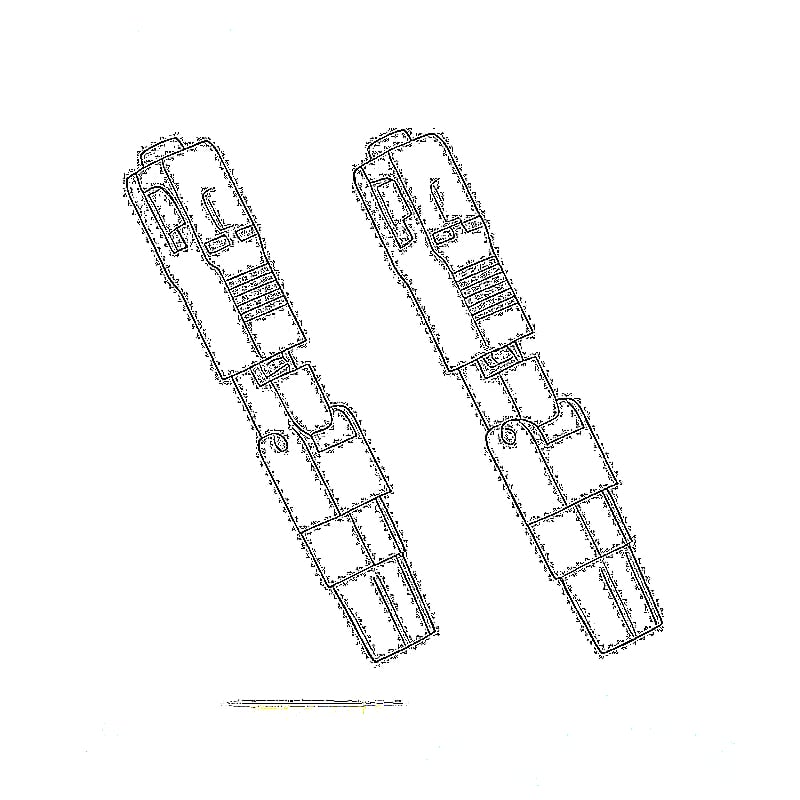



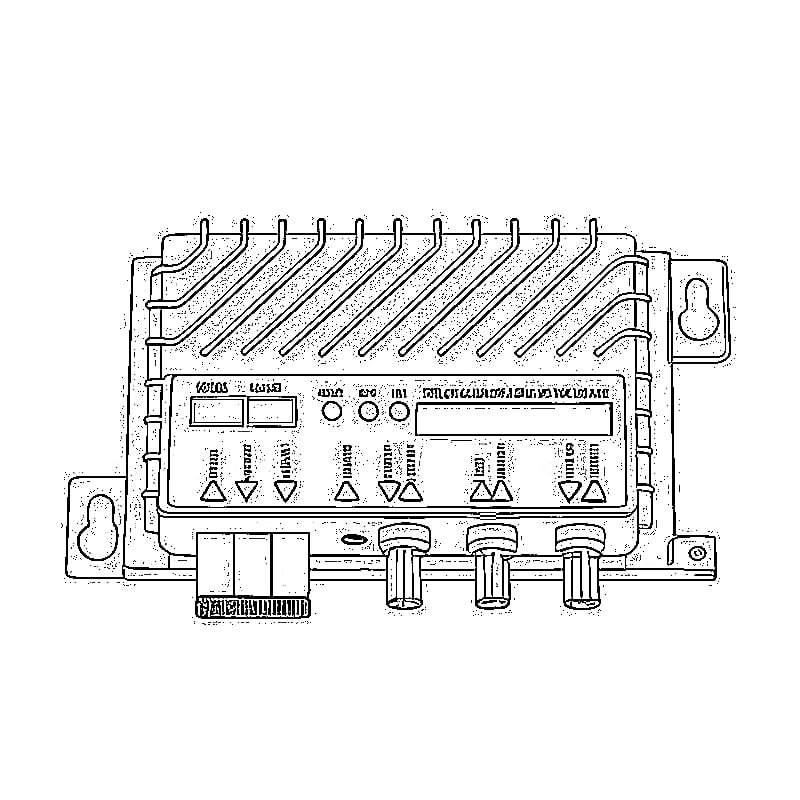








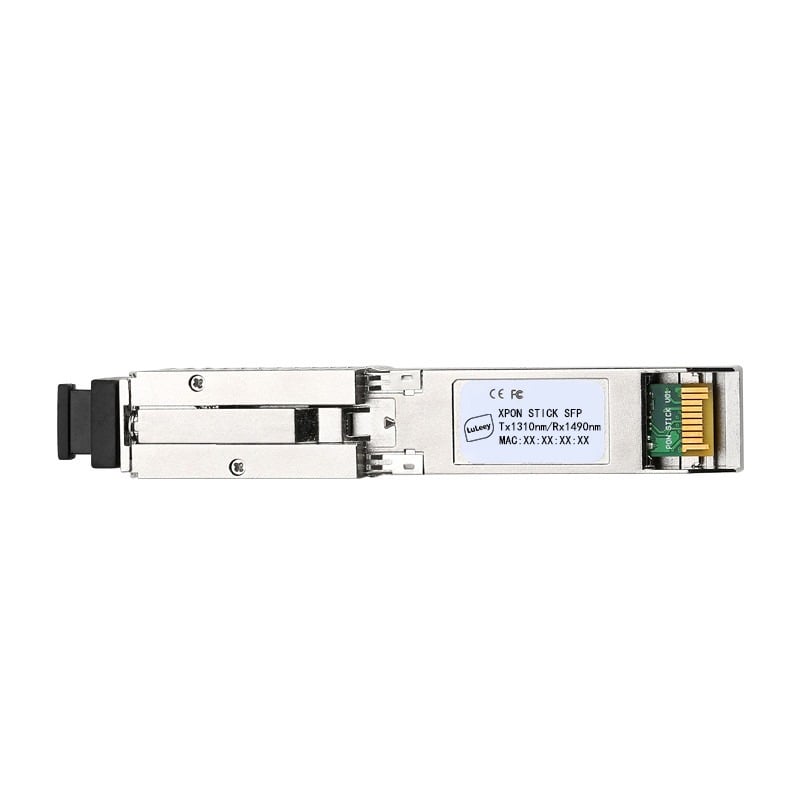


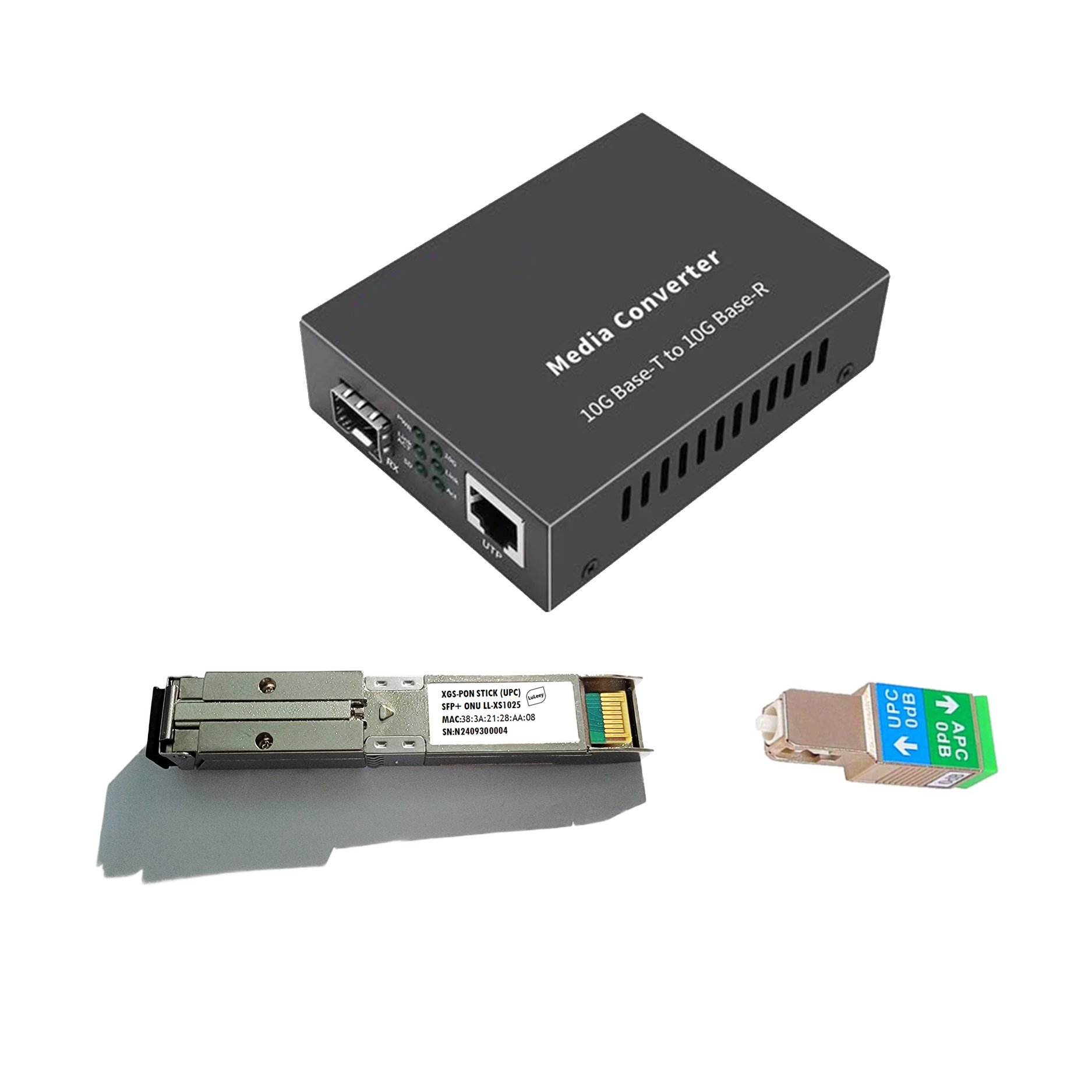
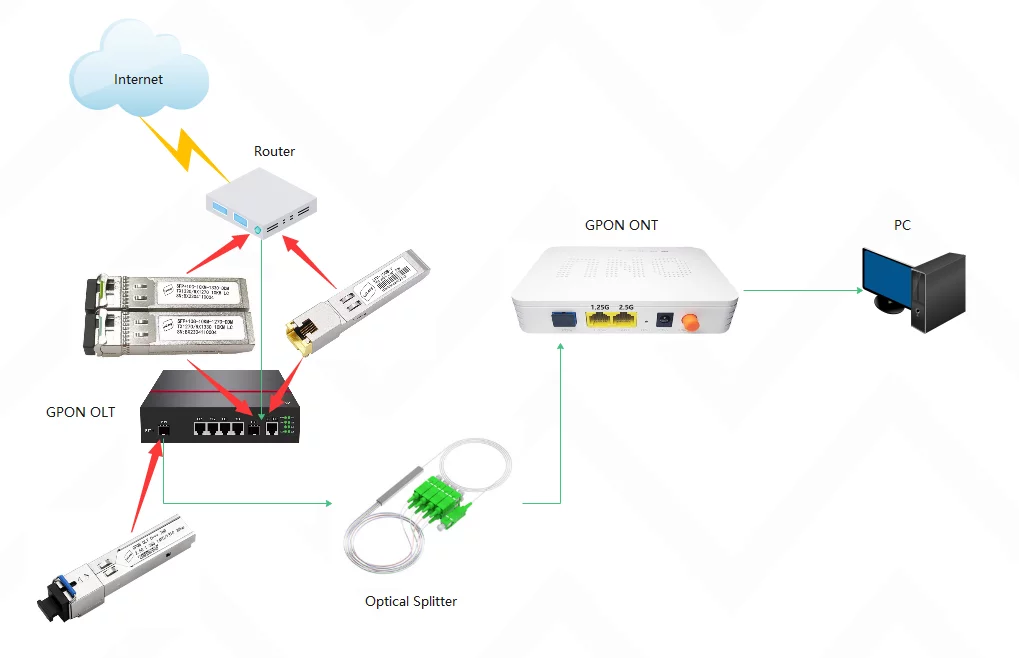
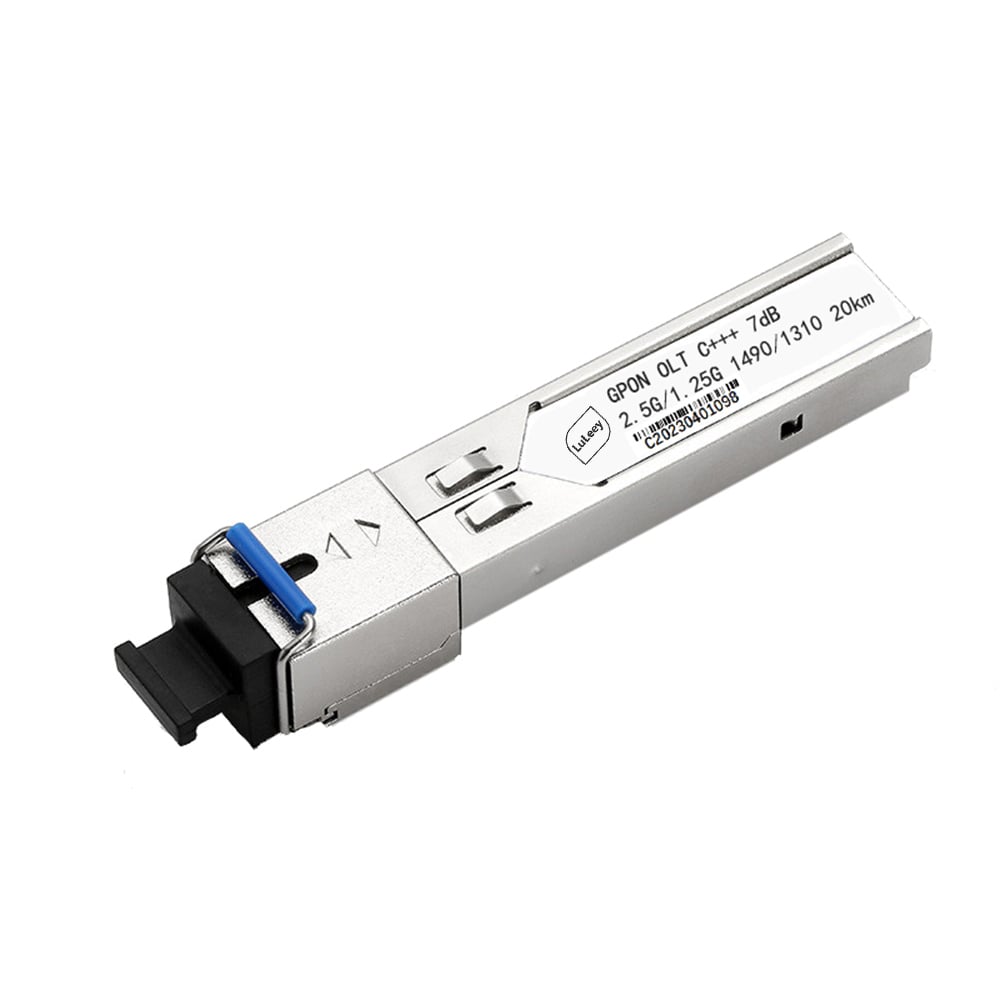





 SFP/SFP+ (1G/2.5G/5G/10G)
SFP/SFP+ (1G/2.5G/5G/10G)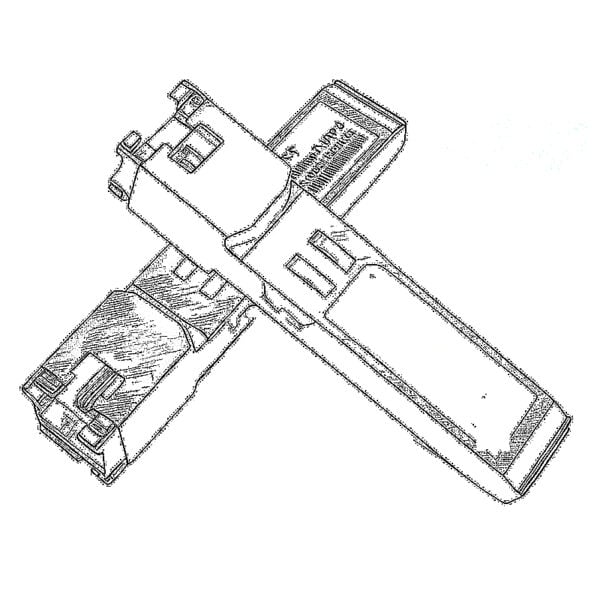 SFP-T (1G/2.5G/10G)
SFP-T (1G/2.5G/10G) AOC Cable 10G/25G/40G/100G
AOC Cable 10G/25G/40G/100G DAC Cable 10G/25G/40G/100G
DAC Cable 10G/25G/40G/100G QSFP28 QSFP+ SFP28 100G/40G/25G
QSFP28 QSFP+ SFP28 100G/40G/25G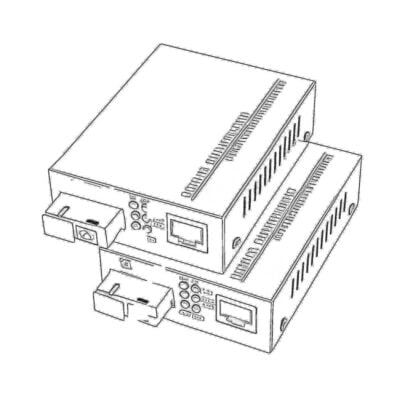 Copper to Fiber Media Converters
Copper to Fiber Media Converters Fiber Media Converter PCBA Board
Fiber Media Converter PCBA Board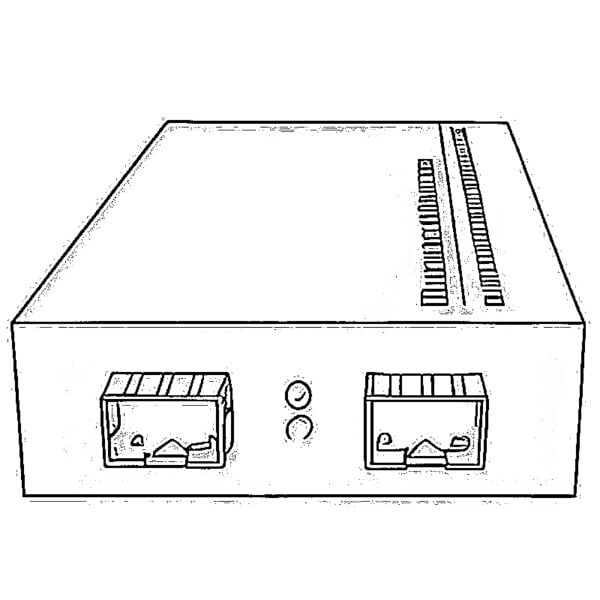 OEO Fiber Media Converters
OEO Fiber Media Converters Serial to Fiber Media Converters
Serial to Fiber Media Converters Video to Fiber Media Converters
Video to Fiber Media Converters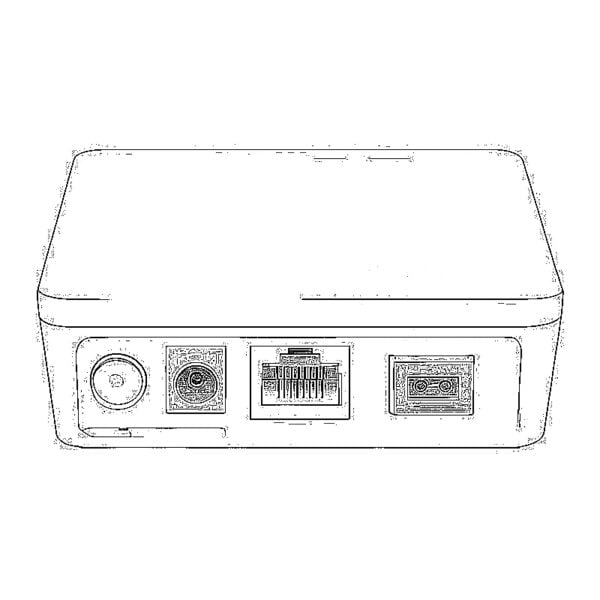 1000M GPON/EPON ONU
1000M GPON/EPON ONU 10G EPON ONU/XG-PON/XGS-PON
10G EPON ONU/XG-PON/XGS-PON 2.5G GPON/XPON STICK SFP ONU
2.5G GPON/XPON STICK SFP ONU POE GPON/EPON ONU
POE GPON/EPON ONU Wireless GPON/EPON ONT
Wireless GPON/EPON ONT EPON OLT
EPON OLT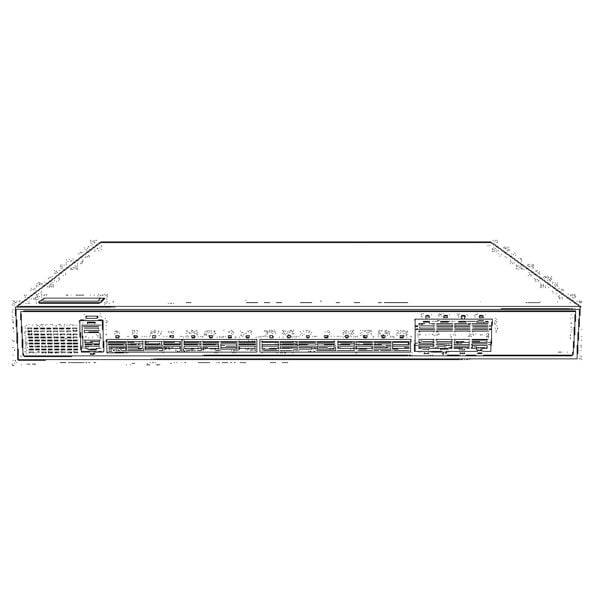 GPON OLT
GPON OLT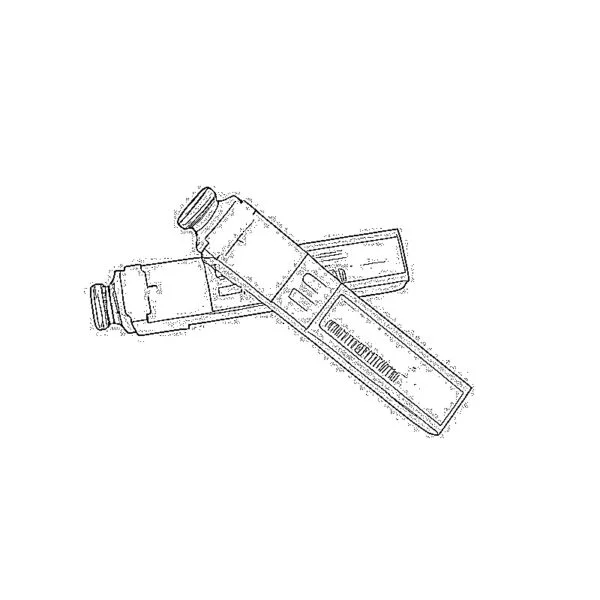 SFP PON Module
SFP PON Module Industrial Switches
Industrial Switches Managed Switches
Managed Switches POE Switches
POE Switches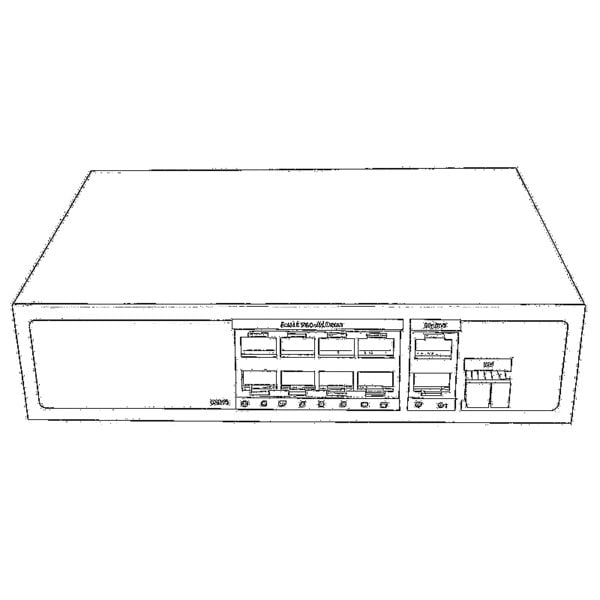 Unmanaged Switches
Unmanaged Switches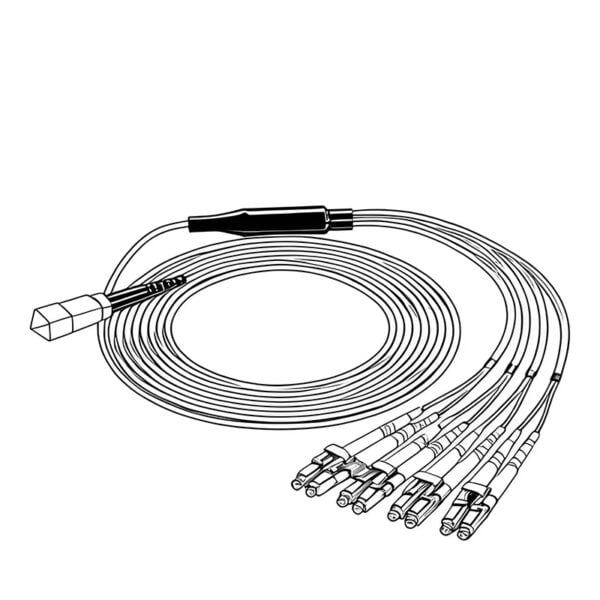 MTP/MPO Fiber Cables
MTP/MPO Fiber Cables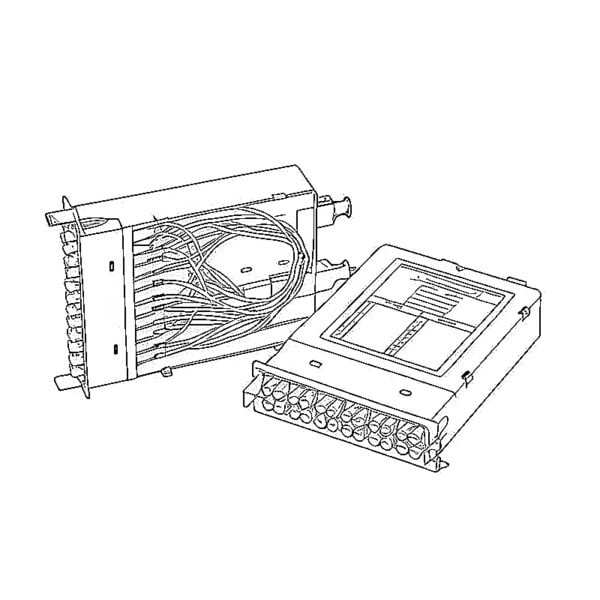 Fiber Optic Cassettes
Fiber Optic Cassettes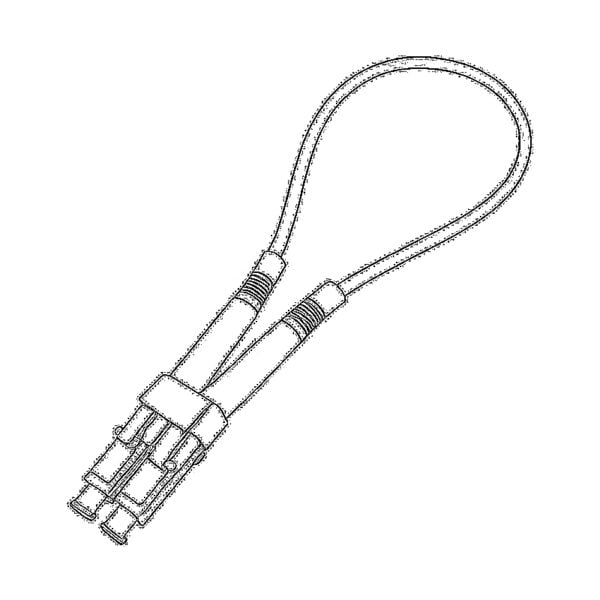 Fiber Optic Loopback
Fiber Optic Loopback Optic Cables and Fiber Pigtails
Optic Cables and Fiber Pigtails Optical Splitters and Splitter Box
Optical Splitters and Splitter Box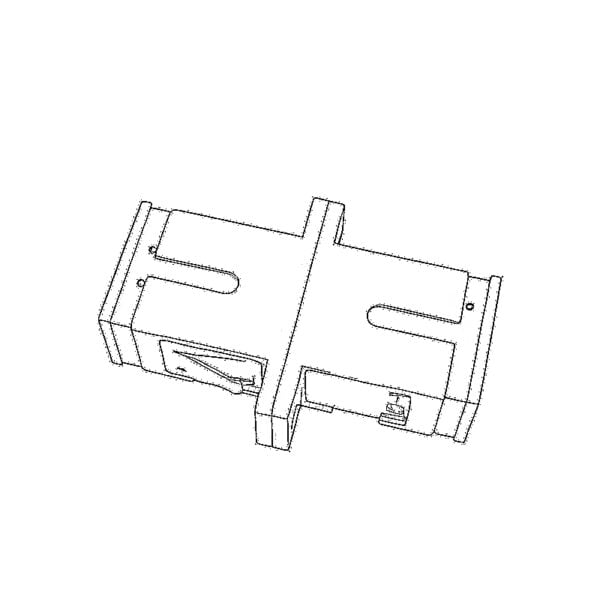 Fiber Flange Connectors
Fiber Flange Connectors Optical Adapters
Optical Adapters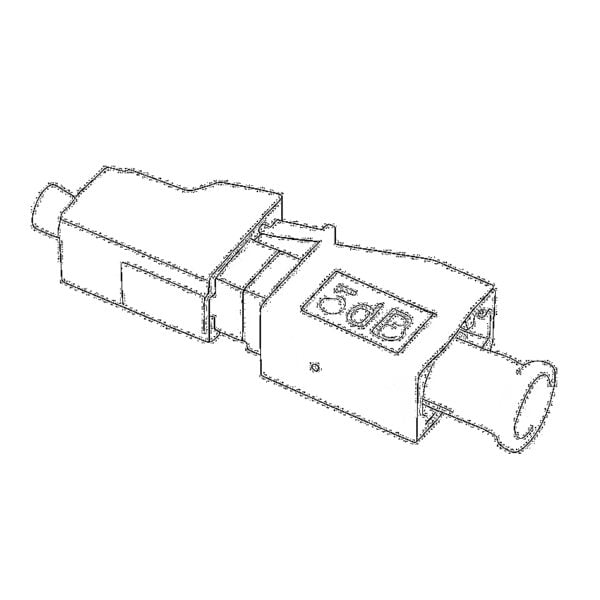 Optical Attenuator
Optical Attenuator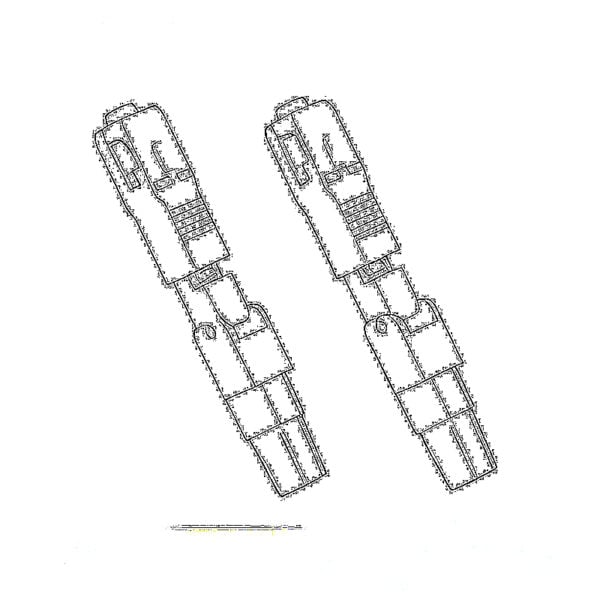 Quick Connector and Connector Panel
Quick Connector and Connector Panel CATV Amplifier
CATV Amplifier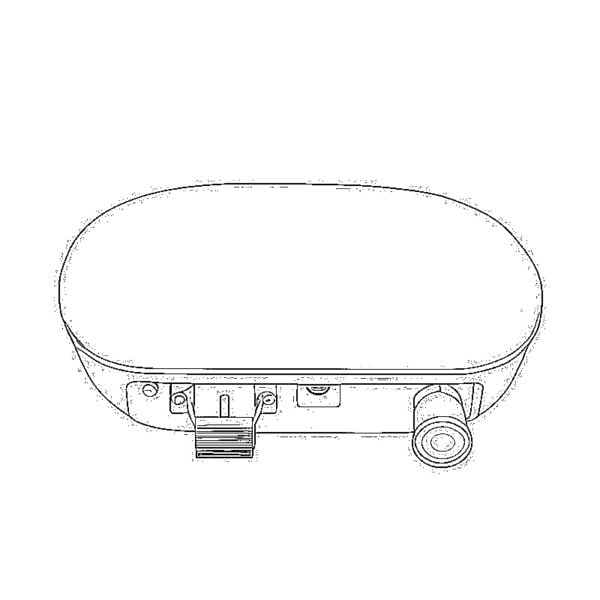 CATV Optical Receiver
CATV Optical Receiver Visual Fault Locator
Visual Fault Locator OTDR
OTDR Optical Power Meter
Optical Power Meter Fiber Optic Identifier
Fiber Optic Identifier Fiber Optic Cleaners
Fiber Optic Cleaners Fiber Cleavers & Fiber Strippers
Fiber Cleavers & Fiber Strippers Copper Tools
Copper Tools